Dashain Festival begins: Ghatasthapana rituals observed nationwide

Kathmandu, October 3 — This year's Bijaya Dashami, also known as Dashain, begins today, starting from Ashwin Shukla Pratipada (first day of lunar month). The festival is celebrated with great enthusiasm for 15 days, culminating on the full moon of Ashwin Shukla. On the first day of Dashain, households perform the Ghatasthapana, which involves the ceremonial installation of a pot (ghata), a kalash (sacred pitcher), and the deity Ganesh.
In the puja room or Dashain Ghar, the worship of the powerful goddess Durga begins by invoking her presence through Vedic rituals. This morning, after completing daily rituals, devotees will bring sand or soil from a nearby river or clean place to the worship area, which has been smeared with cow dung, and place it there to sow barley seeds. This practice is known as Jamara Sowing. Barley is considered a beloved offering of Goddess Durga, and the sowing of barley today is followed by the reception of the yellow Jamara as a symbol of prosperity along with Tika and Prasad on Bijaya Dashami.
According to Dr. Ramchandra Gautam, a scholar of religious texts and former chairman of the Nepal Panchanga Nirnayak Committee (Nepal Calendar Determination Committee), there is no classical method for sowing other grains alongside barley, although some traditions do include other grains. Jamara is also used in Ayurvedic medicine.
Ghatasthapana timing: 9:16 AM
Today, the auspicious time for Ghatasthapana is set for 9:16 AM. Following traditional beliefs, the installation of the pot should be done during sunrise on the Pratipada day, as confirmed by the committee's chairman, Prof. Shrikrishna Adhikari.
During the nine nights of Navaratri, the three forms of Goddess Durga—Maha Kali, Maha Lakshmi, and Maha Saraswati—are worshipped with reverence. Maha Kali symbolizes power, Maha Lakshmi symbolizes wealth and prosperity, and Maha Saraswati is regarded as the goddess of knowledge and wisdom, a tradition that dates back to the Vedic era.
In celebration of Durga’s victory over the demons Chanda, Munda, Shumbha, Nishumbha, and Rakta Beej, special worship and rituals are conducted during these nine days, known as Durga Paksha, which extends from Ashwin Shukla Pratipada to the full moon.
Nine days of worship for the nine forms of Durga
The first day honors Shailaputri, the second day is dedicated to Brahmacharini, the third to Chandraghanta, the fourth to Kushmanda, the fifth to Skandamata, the sixth to Katyayani, the seventh to Kalratri, the eighth to Mahagauri, and the ninth day is dedicated to Siddhidatri Devi. Collectively, these nine forms are referred to as Navadurga.
Since Durga protects humanity from demonic and asuric tendencies, there is a classical rule that all of humanity should worship her. Dr. Gautam emphasizes that the worship of Durga and the Dashain festival are not limited to any particular caste or religion. Dashain is celebrated as a symbol of the victory of truth over falsehood and divine power over demonic forces.
From today until the day of Maha Nawami, there will be daily worship of the nine young girls, symbolizing the nine forms of Durga. According to classical tradition, these girls must be over two years old. On the seventh day of Dashain, flowers are brought in as part of the religious rituals. On Maha Ashtami and Maha Nawami, those performing sacrifices will offer special prayers along with animal sacrifices at Dashain Ghars, Kots, and Shakti Peeths.
Throughout Navaratri, texts such as Durga Saptashati, Chandika, and other hymns dedicated to the goddess will be recited. This time also sees an influx of devotees visiting various Shakti Peeths across the country, including Guhyeshwari, Maiti Devi, Nakshal Bhagwati, Shobha Bhagwati, Nala Bhagwati, and Palanchok Bhagwati.
Bijaya Dashami timing: October 12, 11:36 AM
The festival, also known as Navaratri, traditionally spans nine nights and ten days, but this year it will last only eight nights and nine days due to variations in the lunar calendar. This is in line with the guidelines set forth in tantra texts regarding the appropriate rituals and prayers to be performed.
From today, devotees will ceremonially invite and worship Goddess Durga, and on October 12, the day of Bijaya Dashami, she will be immersed, with devotees receiving Tika, Jamara, and flower Prasad from their elders.
The timing for the immersion of the goddess is set for 8:33 AM on October 12, while the best time for receiving Tika Prasad is at 11:36 AM. According to tradition, from Bijaya Dashami until the full moon of Kojagrat, there are classical rites for receiving the goddess’s Prasad.
During this period, blessings and Prasad from the goddess are received from elders. On the full moon day, devotees observe fasting in honor of Maha Lakshmi, symbolizing wealth and abundance, praying throughout the night for prosperity. It is believed that those who stay awake will receive blessings of wealth and abundance from Lakshmi. The Jamara sown during Ghatasthapana will be immersed in a clean place on the day of Kojagrat Purnima.
Special worship at Hanuman Dhoka's Dashain Ghar
As per tradition, the worship of Goddess Durga begins today at the Dashain Ghar in Hanuman Dhoka, Kathmandu, with the installation of Jamara according to Vedic rituals. The auspicious timing for Ghatasthapana will be confirmed by Sandip Khanal, the chief of the Hanuman Dhoka Durbar’s maintenance office.
Daily sacrifices will be offered at the Dashain Ghar following the installation of the pot, with animal sacrifices also performed at Hanuman Dhoka's Kot courtyard on Maha Nawami.
Many individuals return home for the Dashain festival, taking time off from work or studies to celebrate with family. Thus, Dashain is also seen as a festival of familial reunions. Most educational institutions typically announce public holidays starting today.

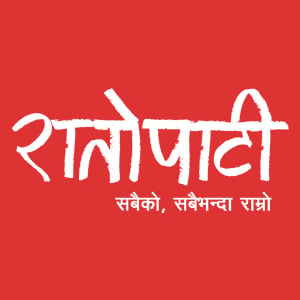
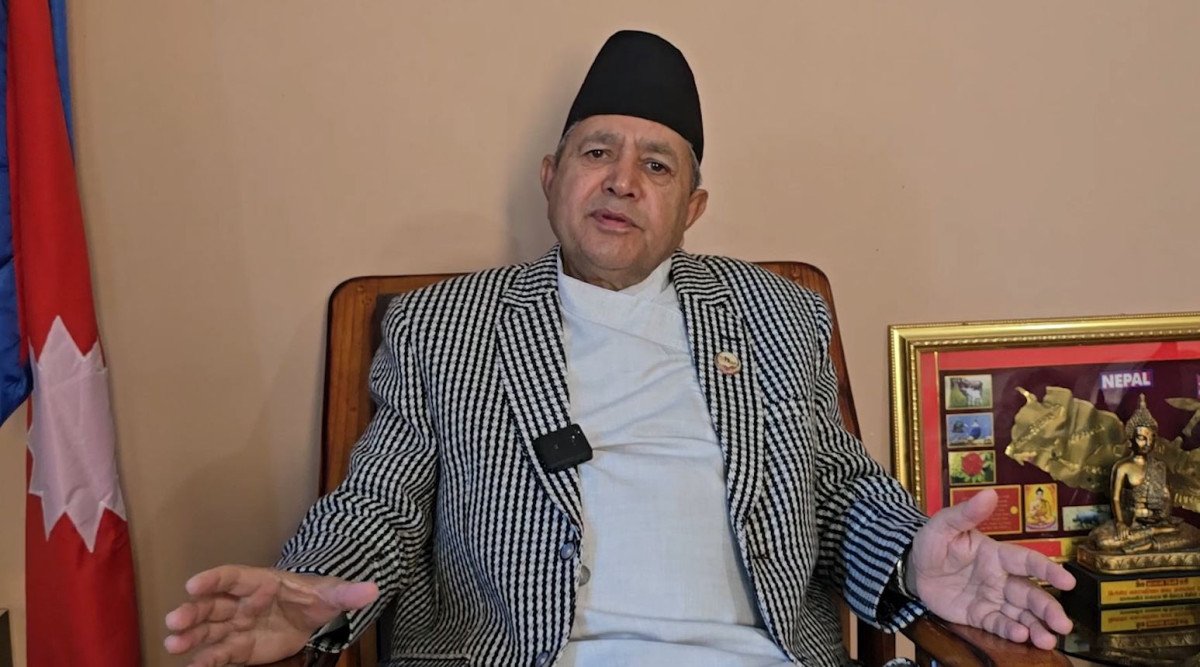
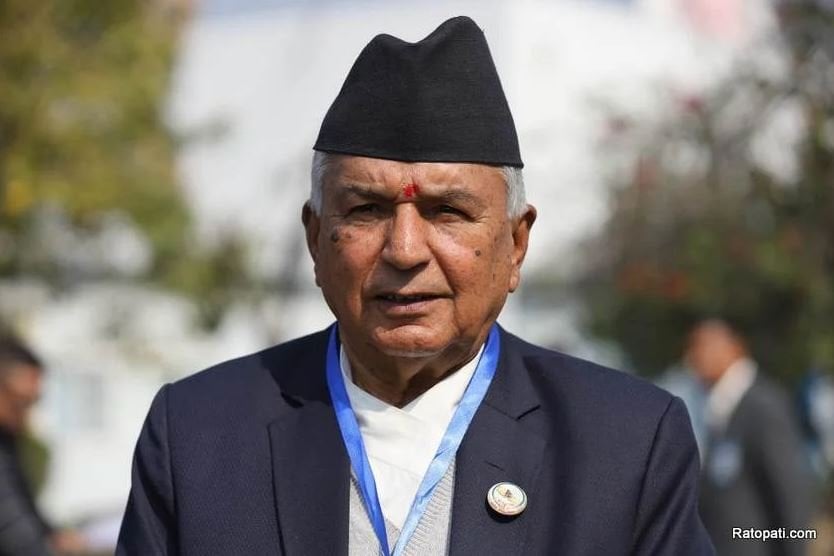

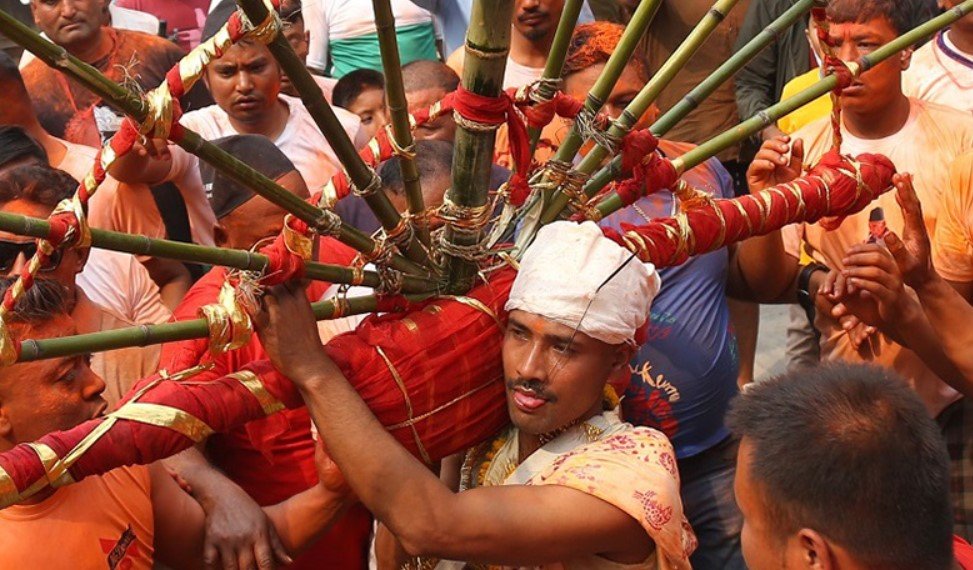

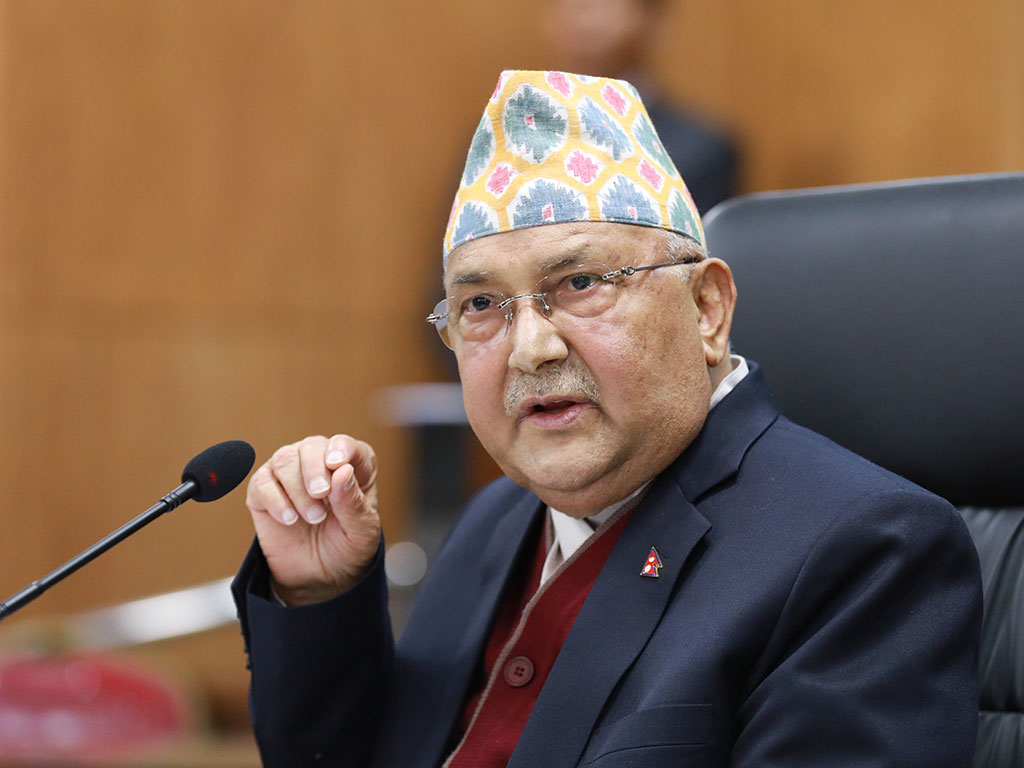
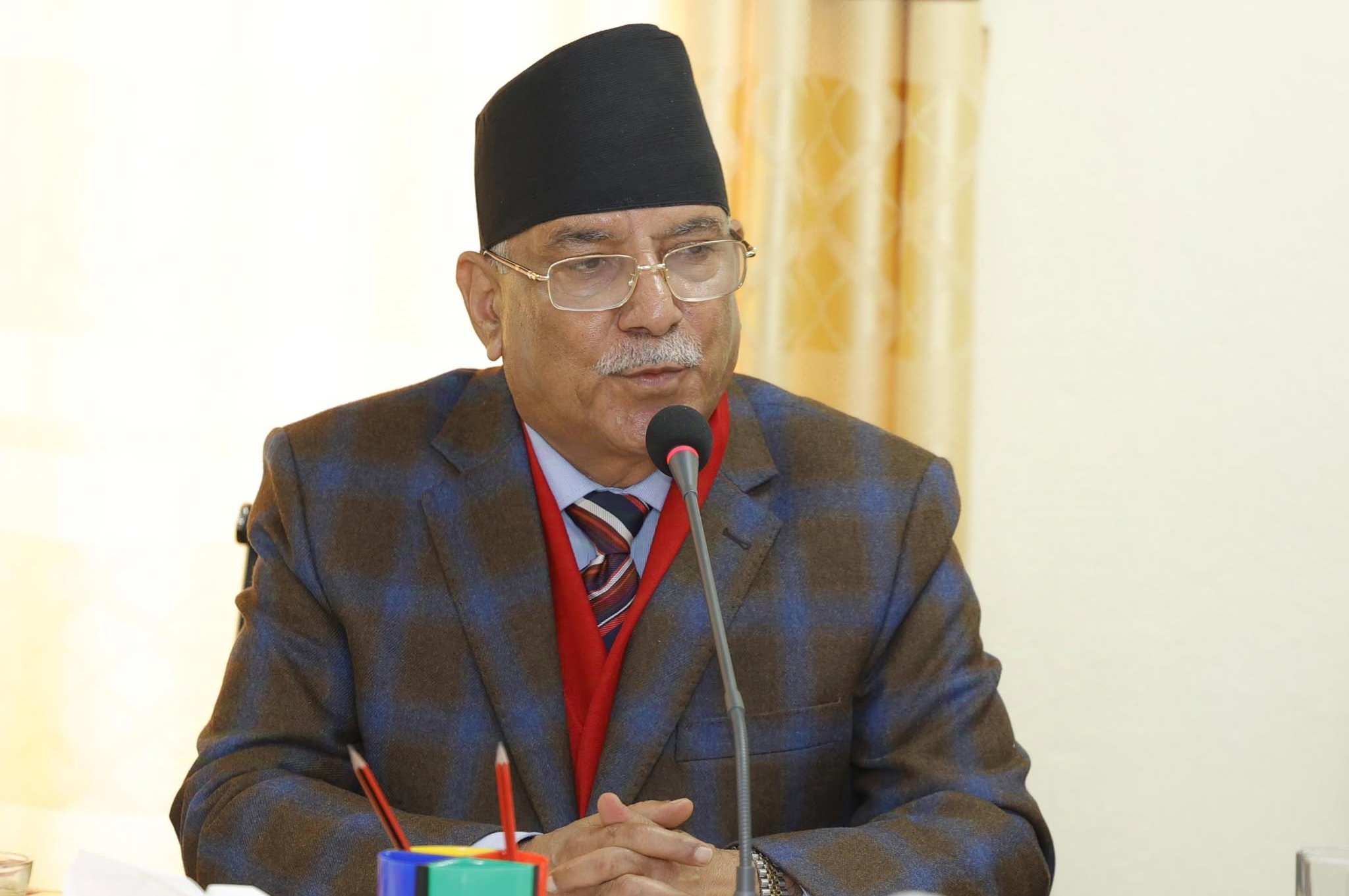
Leave Comment